Vintage Photos Show What It Was Like To Visit Egypt 100 Years Ago
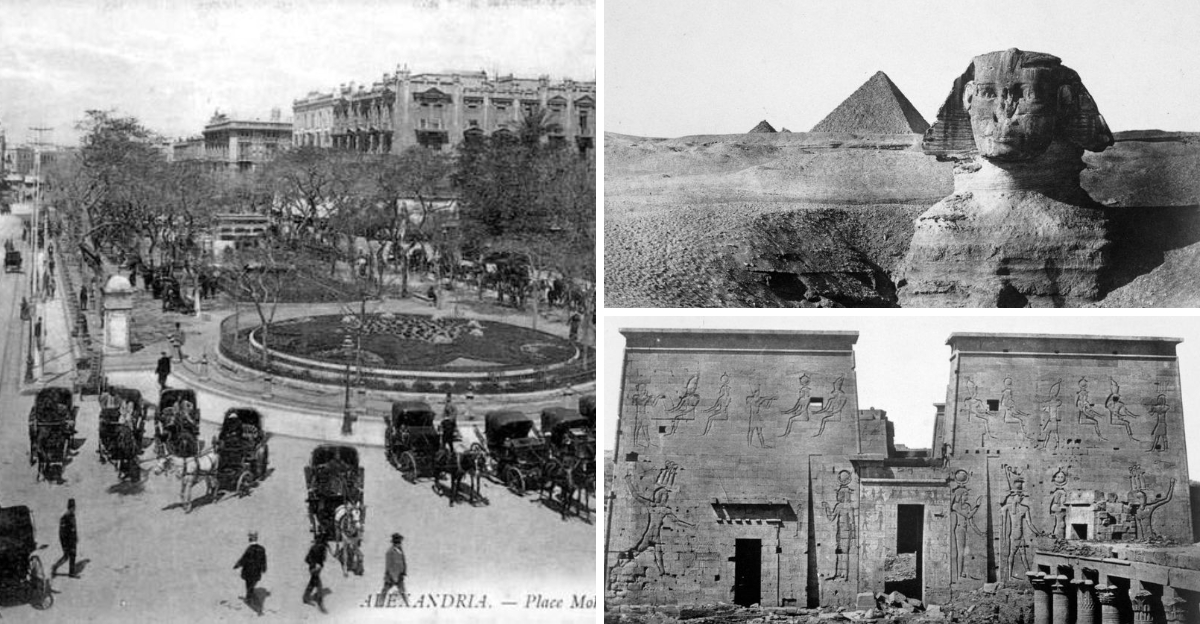
Step back in time with these captivating vintage photos that showcase the vibrant streets of Egypt from a century ago.
These snapshots provide a fascinating glimpse into a bygone era, where the bustling marketplaces, towering monuments, and timeless traditions offered a world rich in culture and history.
Through the lens of these historical images, you’ll experience the magic and mystery of ancient Egypt in a way that brings the past to life. Ready to dive into the stories hidden behind these remarkable photographs?
1. Street Vendors in Cairo
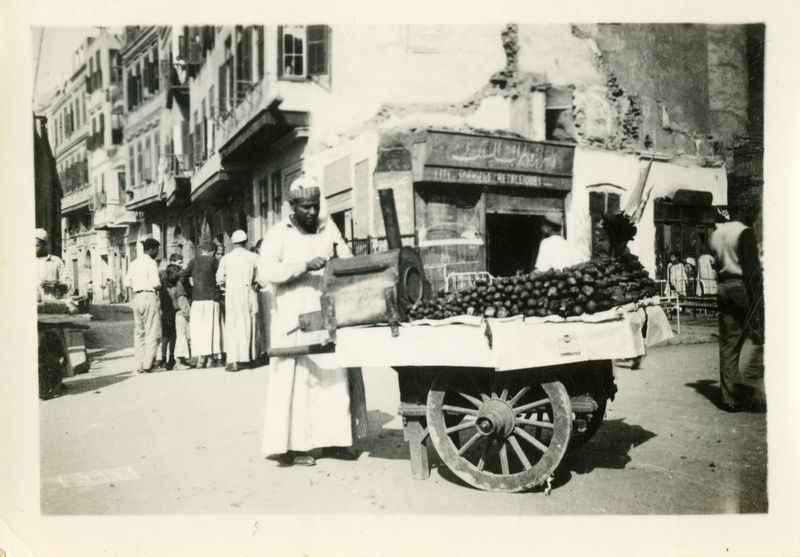
How vibrant the streets of Cairo must have been a century ago. These street vendors were the lifeblood of the city, offering everything from exotic textiles to aromatic spices.
It’s a scene that speaks of a time when commerce was conducted face-to-face, with bargaining as much a part of the exchange as the goods themselves.
Witnessing such a lively marketplace, I can almost hear the chatter and feel the energy. If you were there, you’d be tempted to haggle for a keepsake, a token of a world where tradition and trade intertwined.
2. Sailing the Nile River

When you think of Egypt, the Nile River is at the heart of its story. A century ago, the Nile was a bustling waterway, teeming with sailboats and life. Imagine drifting along, the gentle breeze guiding you past the palm-lined banks.
Sailing the Nile was more than just a mode of transport; it was an experience. It’s easy to see why the Nile was considered the lifeblood of ancient and modern Egypt alike.
The photo of a sailboat gently gliding along the river brings to mind a time when life was simpler, yet rich with connection to the land and water.
3. The Pyramids at Giza

This is the iconic image many have of Egypt: the Pyramids at Giza standing majestically against the vast desert. A hundred years ago, these ancient monuments were already drawing travelers from across the globe, eager to witness their grandeur.
Standing next to these colossal structures, one can’t help but feel a sense of awe. The pyramids have weathered the sands of time, each stone telling a story of a civilization long past. In the early 1900s, visitors often arrived by camel, a journey that added to the mystique and adventure.
Gazing upon this photo, I imagine the thrill of seeing the pyramids for the first time, their silhouettes stark against the sky. The experience must have been both humbling and exhilarating.
4. Cairo’s Old Citadel
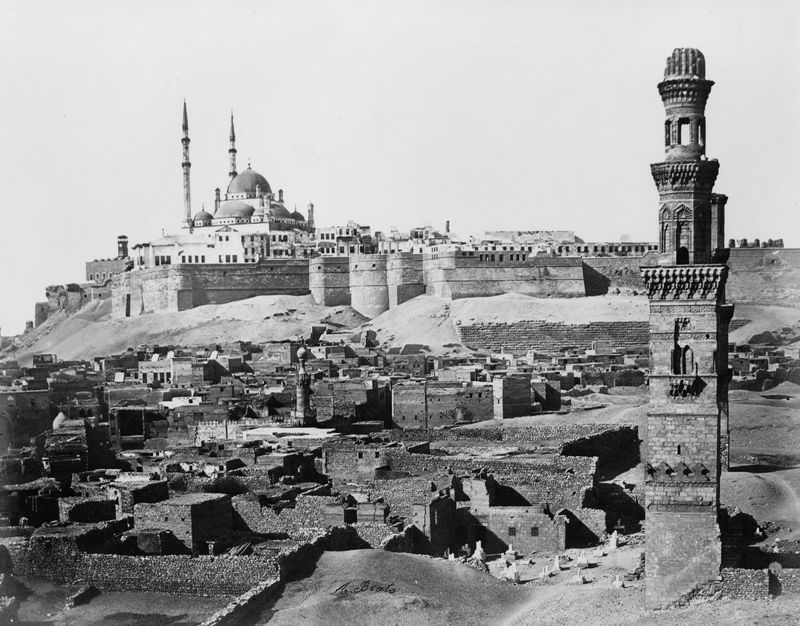
Where history and architecture meet, Cairo’s Citadel rises above the city. A hundred years ago, it was not just a landmark, but a symbol of power and protection. Its towering minarets offered a vantage point from which to survey the sprawling city below.
Stepping back in time through this photograph, one can almost hear the call to prayer echoing across the rooftops. The Citadel was a bustling hub of activity, with people gathering for trade, worship, and socializing. Its walls held countless stories of rulers and everyday citizens alike.
In viewing this image, the strength and resilience of Cairo itself comes into focus. The Citadel stands as a reminder of a city rich in history and vibrant in spirit.
5. The Bustling Souks
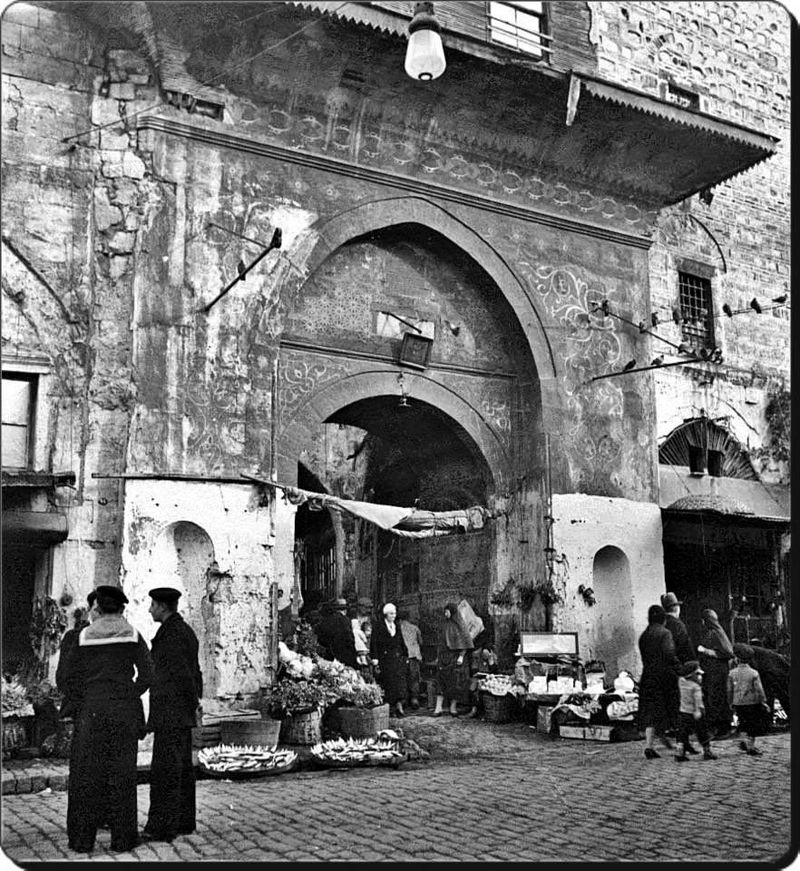
Though modern malls have their charm, nothing compares to the allure of an old Egyptian souk. A century ago, these markets were the heart of commerce, buzzing with energy and life. Vendors displayed an array of goods, from handwoven textiles to fragrant spices.
The art of haggling was a dance between seller and buyer, each aiming for the best deal. Walking through, you’d be enveloped by the sights and sounds, each stall offering a unique treasure waiting to be discovered.
Seeing this photo, I imagine the richness of culture and tradition in these souks. They were more than markets; they were social hubs where stories were shared and lives intertwined.
6. Desert Caravan Routes
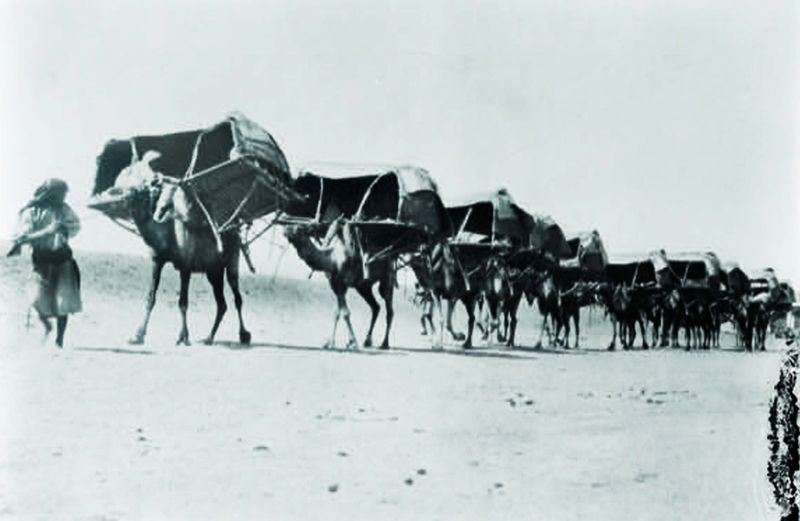
Are you curious about the journeys of the past? Then look no further than the old desert caravan routes of Egypt. A hundred years ago, these paths were lifelines for trade and travel, with camel caravans making their way across the vast desert landscape.
The photo captures a moment in time when these caravans were the arteries of commerce, connecting distant lands. The caravans moved slowly, but with purpose, carrying goods and stories between cultures.
Imagining the life of a traveler on such a route, one senses both the isolation and camaraderie of the journey. The vastness of the desert was both a barrier and a bridge, uniting those who dared to traverse it.
7. The Sphinx of Giza
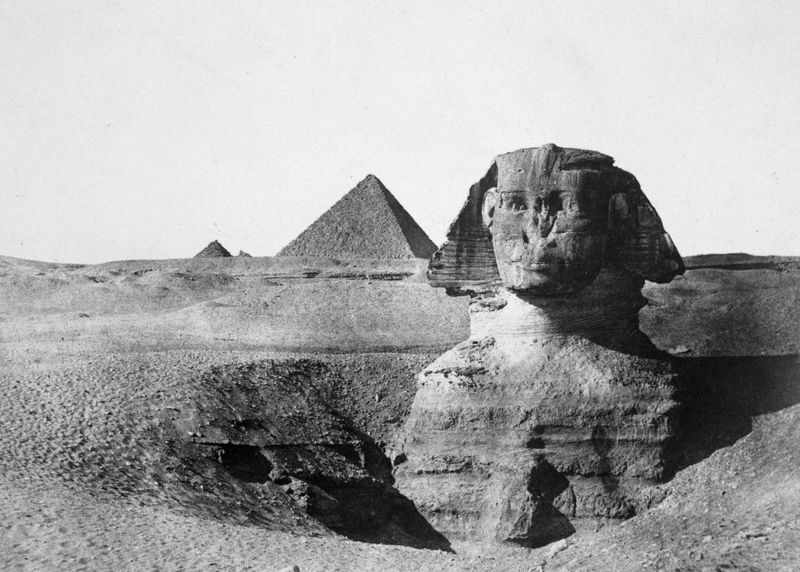
This enigmatic figure has watched over the sands of Egypt for millennia. The Sphinx of Giza, even a hundred years ago, inspired awe and mystery. Its lion’s body and human face symbolize strength and wisdom, guarding the secrets of the pyramids.
Standing before the Sphinx, one can’t help but wonder about the stories it could tell.
If you were there, the sheer scale and presence of the Sphinx would be overwhelming. This guardian of the desert exudes a timelessness that fascinates and captivates. It’s a monument that has seen the rise and fall of civilizations, yet remains a steadfast sentinel of the past.
8. Alexandria’s Historic Harbor
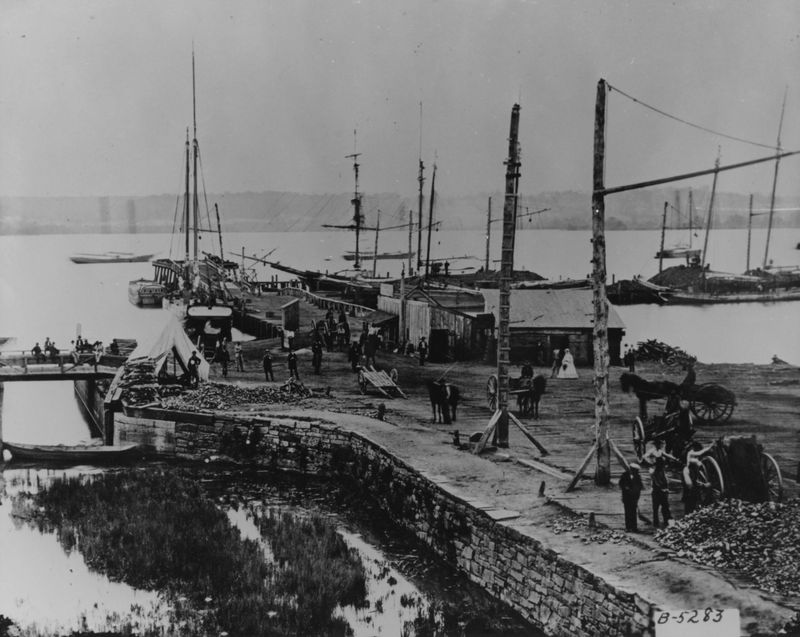
How Alexandria’s harbor bustled with life a century ago! This historic port was a gateway to the world, where ships from distant lands docked, bringing goods and ideas. The harbor was alive with activity, a melting pot of cultures and commerce.
Viewed through the lens of time, this photo reveals a vibrant scene of trade and exchange. Sailors, merchants, and travelers mingled on the docks, their interactions fueling the city’s growth and diversity. Alexandria was a beacon of global connection and opportunity.
This harbor was more than a place of business; it was a bridge between worlds, a place where history and progress converged. The energy and diversity of Alexandria’s harbor continue to echo through the city’s streets today.
9. Luxor’s Ancient Temples
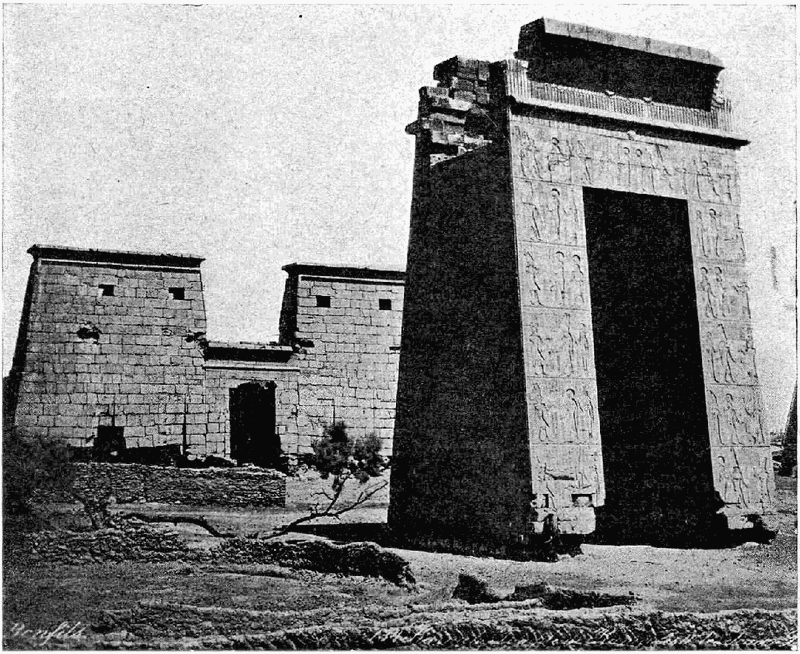
This, Luxor’s temples, a realm where time stands still. A hundred years ago, visitors marveled at the grandeur of these ancient sites, with their towering columns and intricate hieroglyphs. Each temple was a masterpiece, a tribute to the gods and a testament to human creativity.
The beauty of the art and architecture was awe-inspiring, a reflection of a civilization that revered its deities and celebrated its achievements.
Standing amid the ruins, it’s easy to imagine the lives of the priests and pilgrims who once worshiped here. These temples are not just remnants of the past; they are living stories carved in stone. If you ever visit, you’ll feel a connection to the ancient world, a reminder of the enduring legacy of Egypt’s cultural heritage.
10. The Cairo Tramway
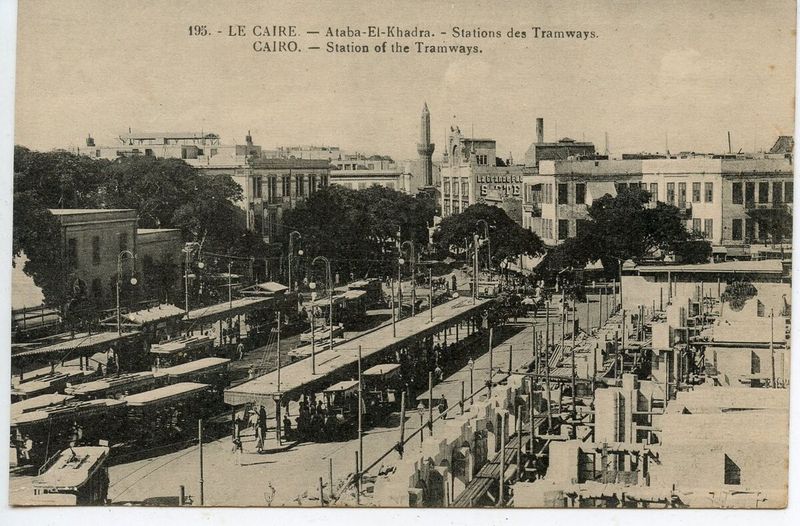
When urban transport was in its infancy, the Cairo Tramway was a marvel of modernity. A century ago, these trams were a lifeline for the city’s bustling population, offering a glimpse into a rapidly changing world.
The photo captures a scene of everyday life, where people of all walks of life mingled on their daily commutes.
The Cairo Tramway was a testament to the city’s growth and adaptation, a reminder of how far urban transport has come. Today, it stands as a nostalgic symbol of Cairo’s journey through the 20th century.
11. Philae Temple’s Relocation
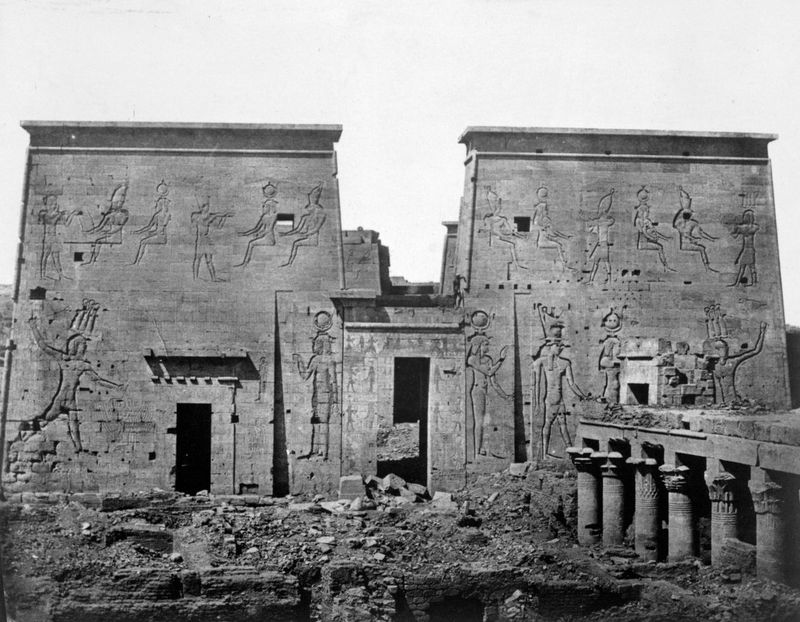
Though many might not know, Philae Temple once stood in a different place. A hundred years ago, it graced an island in the Nile, a jewel set against the water’s edge. Its relocation was a monumental effort, preserving its beauty for future generations.
This sacred site was dedicated to the goddess Isis, a place of worship and pilgrimage.
The effort to save Philae Temple is a testament to the value placed on preserving history. It reminds us of the delicate balance between progress and preservation, urging us to cherish and protect our shared heritage.
12. Egyptian Street Performers
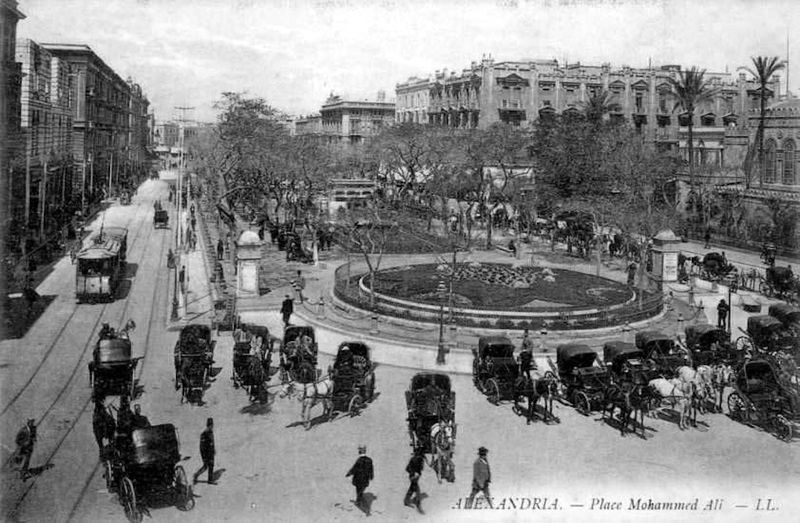
If you strolled through Egypt’s streets a century ago, you’d likely encounter the joyous sounds of street performers. They were the heart and soul of public spaces, bringing music and laughter to the masses.
These performers were skilled in their craft, be it music, dance, or storytelling. It was a time when entertainment was spontaneous, a shared experience that brought communities together.
Visualizing this scene, one senses the joy and camaraderie of the crowd, their faces lit with delight. Street performers were more than entertainers; they were cultural ambassadors, sharing the richness of Egyptian art. This image is a reminder of the power of performance to unite and uplift, transcending time and space.
13. The Opulence of Cairo’s Opera House
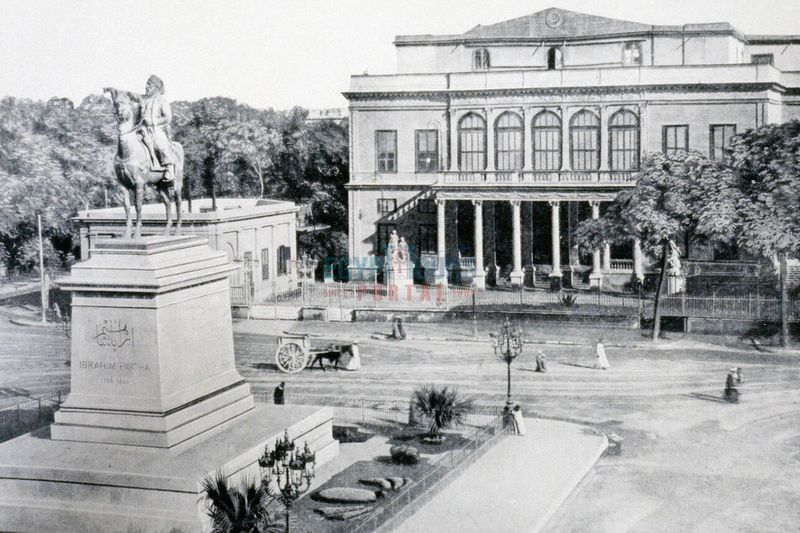
When one thinks of cultural opulence, Cairo’s Opera House epitomizes it. A hundred years ago, this grand venue was a beacon of artistic expression, hosting performances that drew the elite of society.
The photo offers a glimpse into a world of elegance and sophistication, where the arts flourished.
The opera house was not just a building, it was a cultural hub, a place where creativity soared.
14. Traditional Egyptian Weddings
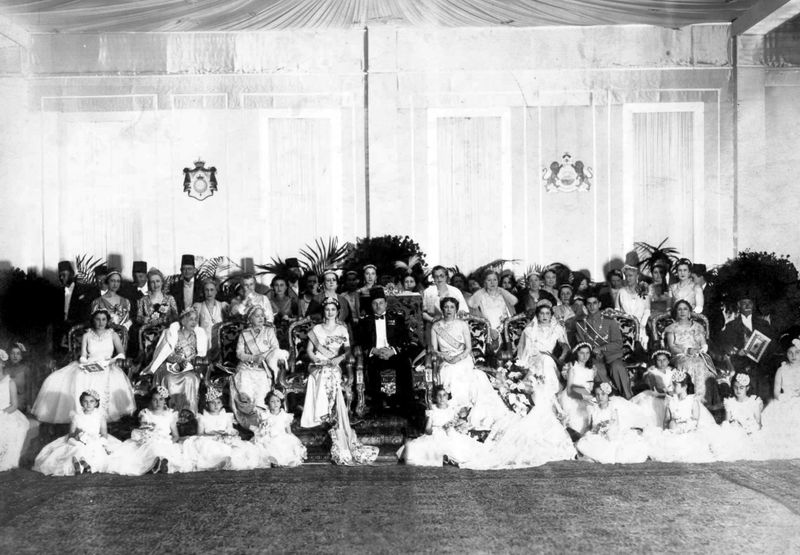
Where love and tradition intertwine, Egyptian weddings of the past were grand celebrations. A hundred years ago, these ceremonies were steeped in customs that honored family and heritage.
The photo depicts a moment of joy and unity, as families came together to celebrate the union of two souls. The bride and groom, adorned in ornate attire, were the center of attention, symbolizing the merging of two worlds.
As I look at this image, I imagine the laughter and music filling the air, the sense of community palpable. Weddings were more than personal milestones; they were cultural events, rich with symbolism and meaning.
15. The Magic of Egyptian Cafés
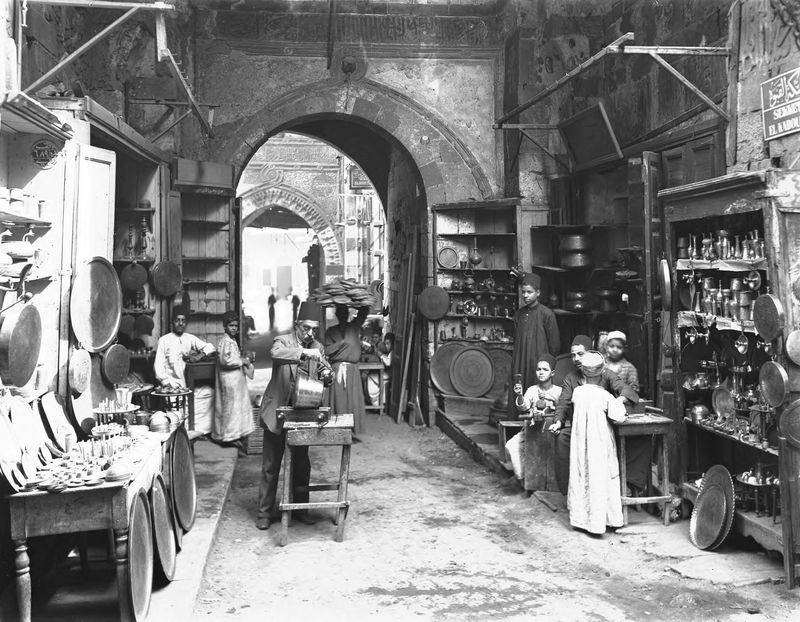
Though the world has changed, the charm of an Egyptian café remains timeless. A century ago, these cafes were the heart of social life, bustling with patrons who came to sip coffee and engage in lively debates.
Cafés were more than places to eat and drink; they were cultural institutions, fostering creativity and community.
Sitting at a café table, one would feel the pulse of the city, a blend of tradition and modernity.
16. Aswan’s Granite Quarries
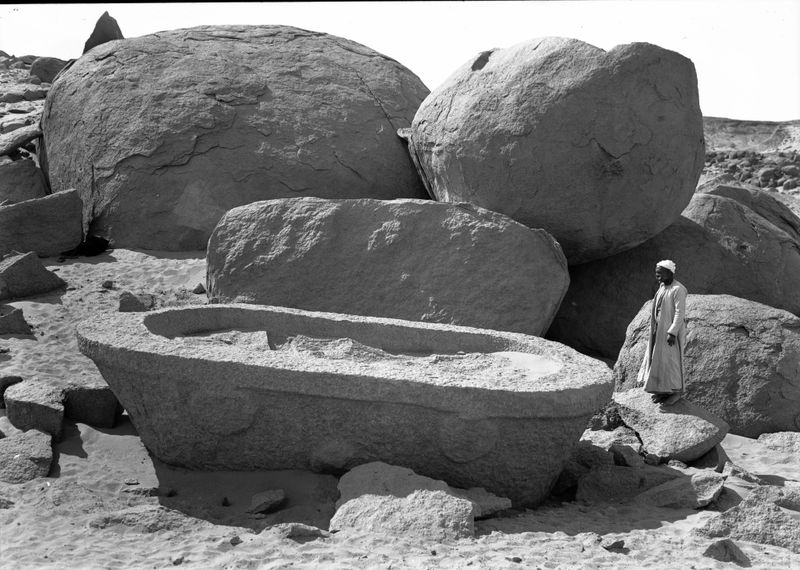
If stone could speak, the granite of Aswan would tell tales of toil and triumph. A hundred years ago, these quarries were a hive of activity, as workers hewed stone from the earth.
The photo offers a glimpse into the lives of those who labored here, their strength and resilience etched in every block of granite. The quarries were more than a workplace; they were a testament to human ingenuity and endurance.
The granite of Aswan has been used in monuments and temples, a legacy of craftsmanship that endures. This image is a tribute to the workers who shaped the stones and, in doing so, shaped history itself.
17. The Splendor of Egyptian Gardens
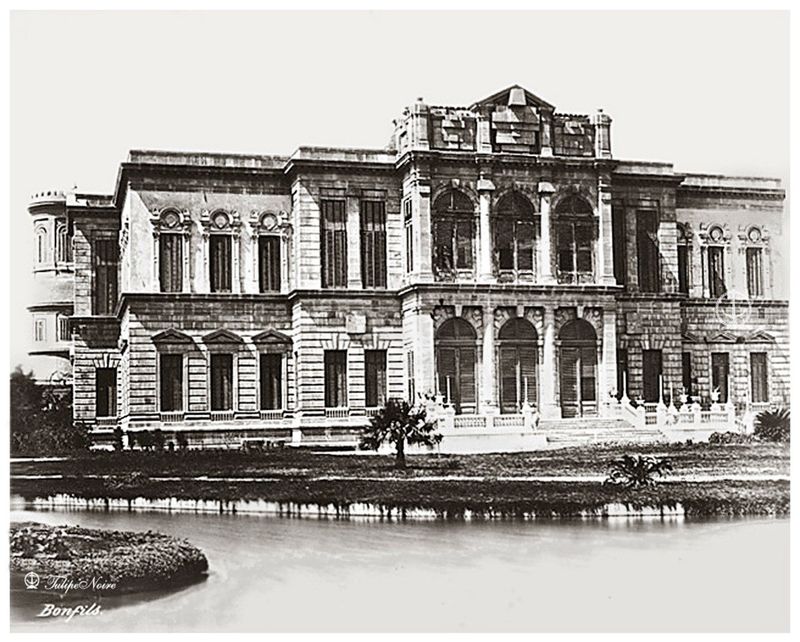
This, the beauty of Egyptian gardens, a world of tranquility and splendor. A century ago, these gardens were havens of peace, where the chaos of life seemed to fade away.
The photo captures a scene of natural beauty, where lush greenery and ornate fountains created an oasis in the desert. Gardens were places of contemplation and leisure, a refuge from the demands of daily life.
Walking through such a garden, one would feel a sense of calm and connection to nature. The gardens of Egypt were more than ornamental, they were a celebration of life and its fleeting beauty.
